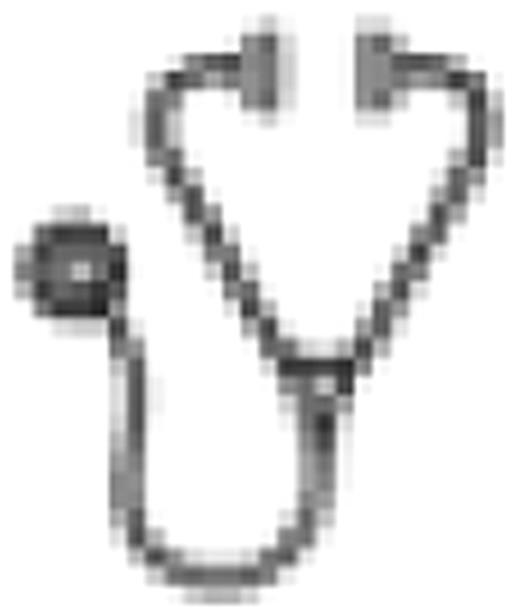Abstract
Invariant Natural Killer T (iNKT) cells express a highly restricted T cell receptor (TCR) repertoire composed of a single invariant Va14Ja18 chain in mice and a Va24Ja18 chain in humans. In contrast to their conventional counterpart, iNKT cells recognize CD1d-bound glycolipids rather than peptides. iNKT cells have elicited a lively interest in the last years because of their implication in several immune responses including experimental graft-versus-host-disease (GVHD). In this study, we addressed the question whether human iNKT cells could be associated with the outcome of allogeneic haematopoietic stem cell transplantation (HSCT).
Forty-seven patients allografted for diverse hematological malignancies in our institution entered prospectively the study. We sequentially analyzed the reconstitution of peripheral blood CD1d tetramer + iNKT, CD56+ NK, and CD4+, CD8+, CD4+CD25high T cells for 90 days after allogeneic HSCT by flow cytometry. Results were correlated to the clinical evolution of allogeneic HSCT.
We observed two groups of patients according to their iNKT/106 T cell ratios on days 30, 60 and 90 after HSCT. Patients with at least one point above the normal ratio of 1000 iNKT/106 T cells were considered in the iNKT high group (n=17), while those with a poor reconstitution, defined by all points below that threshold, were analyzed in the iNKT low group (n=30). iNKT reconstitution was the only significant difference in terms of immune reconstitution between the two groups since reconstitution of T CD4+, CD8+, or CD4+CD25high and NK cells was similar at all time points in both groups. Chimerism, analyzed by PCR amplification of short tandem repeat markers, showed that in all cases iNKT displayed a 100% donor origin. Pre-transplant characteristics of patients were similar between the two groups except for the conditioning regimen and the source of stem cells. Patients in the iNKT high group had more often received a reduced-intensity conditioning (80.5% versus 46.7%, p=0.004) and peripheral blood stem cells (88.5% versus 53.6%, p=0.015). Occurrence and severity of acute GVHD was significantly reduced in the iNKT high group (23.5 % grade I-II and 0% grade III-IV) compared to the iNKT low group (66.7 % grade I-II and 26.6% grade III-IV), (p<0.001), while development of chronic GVHD was not significantly affected by the iNKT reconstitution (29.4 % in the iNKT high group versus 48.2% in the iNKT low group), (p=0.57). This lead to a significantly reduced toxicity related mortality (TRM) in the iNKT high group (8.2% versus 36.9% in the iNKT low group at 2 years), (p=0.028) without an increased risk of relapse (17.6% in the iNKT high group versus 16.7% in the iNKT low group) at 2 years, (p=0.877). Median follow up was 28.7 months. Overall survival was improved in the iNKT high group (86.3% versus 58.0% in the iNKT low group, at 2 years), (p=0.056) in a landmark analysis at day 90. These results prompted us to further analyze whether iNKT cell frequency could be a predictive marker of acute GVHD. In a subgroup analysis performed on patients with availabel data on day 14 post-HSCT (n=23), the risk of developing acute GVHD was significantly higher in patients with a iNKT/106 T cell ratio below 500 (92 % of aGVHD) in comparison to those with a ratio above 500 (40 % of aGVHD), (p=0.0028).
Our data suggest that donor-derived iNKT cell reconstitution after allogeneic HSCT may represent a predictive factor of acute GVHD and a prognostic factor of transplant outcome.
No relevant conflicts of interest to declare.

This icon denotes an abstract that is clinically relevant.
Author notes
Asterisk with author names denotes non-ASH members.

This feature is available to Subscribers Only
Sign In or Create an Account Close Modal